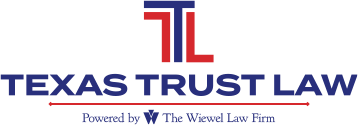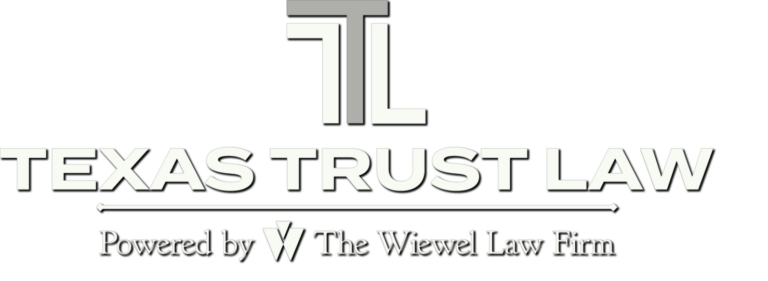
RLT can Help with Planning for Incapacity
Planning for potential disability and mental incapacity is part of a comprehensive estate plan. Women, in particular, are at a higher risk of becoming disabled, with 44% of women 65 and older having a disability. Most people understand the value of an estate plan. Nevertheless, few know how to that a Revocable Living Trust, or RLT, can help with planning for incapacity, as explained in the article “Incapacity Planning: The Hidden Power Of A Revocable Trust” from Financial Advisor.
Revocable Living Trusts are highly effective tools to protect assets against failing capacity. Although everyone should have both, they can be more powerful and efficient than a financial Power of Attorney. An RLT offers the freedom and flexibility to manage your assets while you can and provides a safety net if you lose capacity by naming a co-trustee who can immediately and easily step in and manage the assets.
Cognitive decline manifests in various ways. Incapacity is not always readily determined, so the trust must include a strong provision detailing when the co-trustee is empowered to take over. It’s common to require a medical professional to determine incapacity. However, what happens if a person suffering cognitive decline resists seeing a doctor, especially if they feel their autonomy is at risk?
Do you need an RLT if you already have a financial Power of Attorney? Yes, for several reasons.
You can express your intentions regarding the management and use of trust assets through the trust. A POA typically authorizes the agent to act on your behalf without specific direction or guidance. A POA authorizes someone to act on your behalf with financial transactions, such as selling a home, representing you and signing documents. The co-trustee is the only one with access to assets owned by the trust, while the POA can manage assets outside of the trust. Having both the POA and RLT is the best option.
Trustees are often viewed as more credible than a POA because RLTs are created with attorney involvement. POAs are often involved in lawsuits for fraud and elder abuse.
Suppose there is an instance of fraud or identity theft. In that case, RLTs provide another layer of protection, since the trust has its own taxpayer ID independent of your taxpayer ID and Social Security number.
Your co-trustee can be the same person as your POA.
Adding a trusted family member as a joint owner to accounts and property provides some protection without the expense of creating a trust. However, it does not create a fiduciary obligation, enforceable by law, for the joint owner to act in the original owner’s best interest. Only POAs or trustees are bound by this requirement.
Once a POA is in place, it is wise to share it with all institutions holding accounts. Most of them require a review and approval process before accepting a POA. Don’t wait until it’s needed, when it will be too late because of incapacity, to have a new one created.
If you know that planning for incapacity is in your family’s future, consider how an RLT can help. Talk with your estate planning attorney about planning to create an RLT and POA to ensure that your assets will be protected in case of incapacity. If you would like to learn more about incapacity planning, please visit our previous posts.
Reference: Financial Advisor (Oct. 18, 2023) “Incapacity Planning: The Hidden Power Of A Revocable Trust”
Photo by Gustavo Fring















